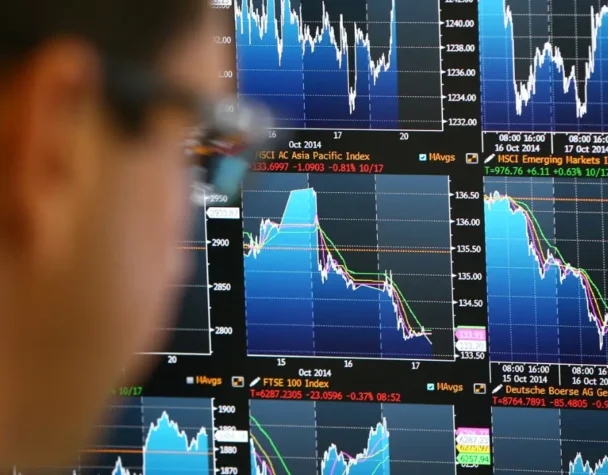
ETF Markets Rattle as New Tariffs Trigger Global Sell-Off
Tue, April 08, 2025The ETF market has entered a period of turbulence following the U.S. administration’s aggressive implementation of new tariffs. These trade measures have not only rocked global equity markets but also triggered a wave of investor responses, particularly within exchange-traded funds, which are known for their liquidity and broad market exposure.
Tariffs Trigger Stock and ETF Sell-Off
The announcement of sweeping tariffs caused an immediate market reaction, with the S&P 500 plunging 10.5% over a two-day span, erasing a staggering $5 trillion in market value. This sharp decline was compounded by hedge fund sell-offs and widespread deleveraging, contributing to one of the most volatile trading periods in recent memory.
Among the hardest hit were ETFs tied to riskier asset classes. For example, ETFs holding corporate loans with junk credit ratings saw record-breaking outflows, with investors pulling $1.3 billion in a single day—an all-time high. These outflows reflect heightened concerns about credit risk in a climate of slowing global trade and investor uncertainty. (Wall Street Journal)
Global ETFs Also Under Pressure
The tariffs specifically targeted imports from key international markets, sparking steep declines in ETFs that track these regions. The VanEck Vietnam ETF (VNM) dropped more than 10%, while the iShares MSCI China ETF (MCHI) fell by 1.2%. European-focused ETFs, too, were not immune, as fears of retaliatory trade measures and broader economic fallout spread across investor sentiment. (MarketWatch)
Despite the chaos, some investors saw the sell-off as a buying opportunity. On April 3, individual investors reportedly poured a record $4.7 billion into equities and ETFs, capitalizing on what they perceived as a temporary dip in valuation.
Defensive Plays and Safe Havens on the Rise
With volatility spiking, many financial advisors are now urging clients to pivot toward more defensive strategies. Sectors such as energy, utilities, and healthcare are receiving increased attention due to their historic resilience in downturns. Additionally, gold ETFs and government bond funds have seen inflows, as investors seek stability amid macroeconomic instability.
Strategists at several investment firms have suggested that portfolios tilted toward less economically sensitive assets could outperform in the months ahead—especially if geopolitical tensions and protectionist policies persist.
In this high-stakes environment, ETF investors are advised to monitor macro developments closely and consider tactical adjustments to safeguard against further shocks. For more analysis on ETF flows and market sentiment, readers can explore resources like ETF Trends or Morningstar.
As markets adjust to the new tariff regime, ETF investors find themselves navigating one of the most complex and rapidly shifting landscapes in recent years—underscoring the need for agility, caution, and informed strategy.

